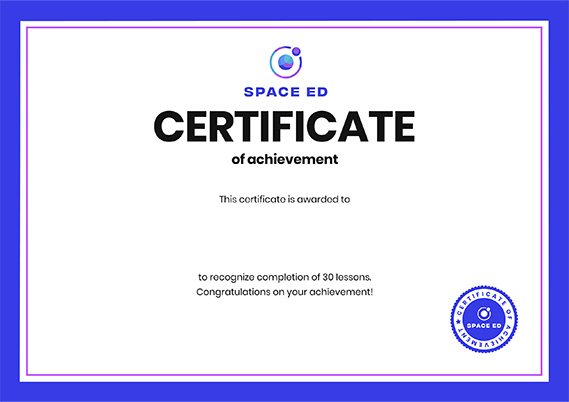Will future spacecraft fit in our pockets? - Dhonam Pemba
424,913 Views
0 Questions Answered
Let’s Begin…
When you picture a rocket, you might imagine a giant ship carrying lots of fuel, people and supplies. But what if the next wave of spacecraft were small enough to fit into our pockets? Dhonam Pemba details the future of microspacecraft, and how scientists at NASA are hoping to use micropropulsion to launch these tiny vessels outside of Earth’s orbit.
Additional Resources for you to Explore
Due to Earth’s gravity and atmosphere, big powerful chemical rockets are needed to launch from the Earth’s surface. However, chemical rocket engines run out of fuel before they can reach their maximum attainable speed. Ion thrusters have very high specific impulses but low thrust, which means they are not powerful, but can provide propulsion for a very long time. They are good for deep space travel because their fuel can last a very long time, which allows them to propel spacecraft to very high speeds with low fuel. Although Ion and Electric propulsion has today become accepted technology powering space missions like the Dawn spacecraft towards the asteroid belt, Vesta and Ceres, this technology wasn’t popular 15 years ago. Check out “Frequently Asked Questions About Ion Propulsion,” to get some answers to your potential questions.
Deep Space One was launched October 24, 1998 to test out high risk, but high reward technologies. Its success pioneered ion-propelled spacecraft missions. Want to learn about Future Spaceship Power and Propulsion? Watch the linked documentary.
Today, not only are researchers looking for new ways to develop ion and electric thrusters to propel large spaceships into deep space, but they are also developing small thrusters the size of sugar cubes to drive CubeSats, provide precise maneuvers, and offer altitude and repositioning control. NASA’s Game Changing Development Program advances technologies that may lead to new ideas and techniques for space missions and other initiatives. Visit the site! Then, visit the Microdevices Laboratory at NASA’s Jet Propulsion Lab and see the latest development ideas for microspacecraft.
About Space Ed
Space Ed helps you untangle the mysteries of space with the universe’s best videos on everything from Einstein's theory of relativity to what it would take to live on Mars. Brush up on the science, philosophy and mystery of space, because the fabric of the universe is the same fabric that connects us all.
Meet The Creators
- Animator Qa'ed Mai
- Narrator Addison Anderson
- Script Editor Eleanor Nelsen
- Educator Dhonam Pemba




